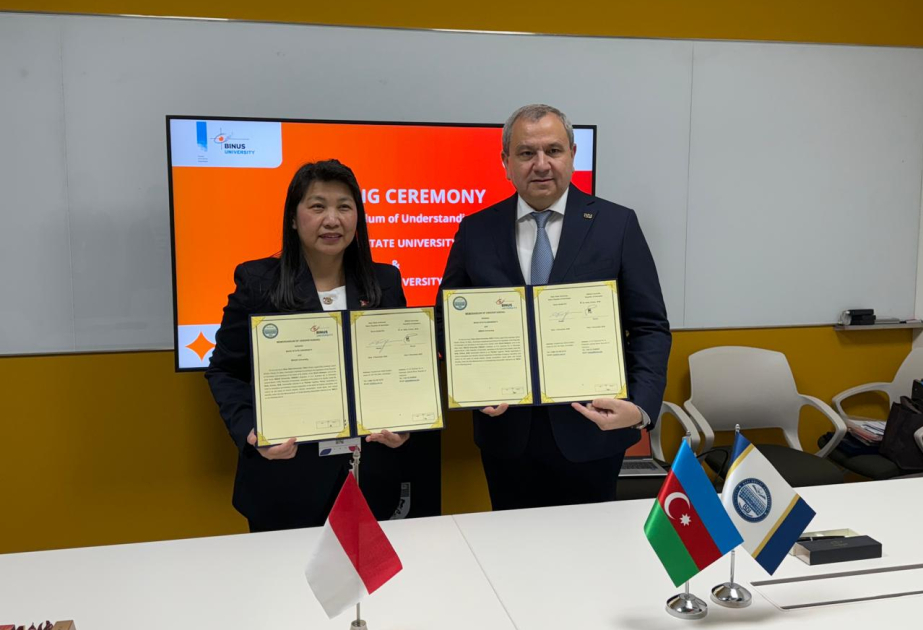Jerusalem Post
ByJERUSALEM POST STAFF
Scientists at the Hebrew University of Jerusalem have developed a new imaging method that can reduce a lengthy, labor-intensive process to just a few minutes.
Scientists at the Hebrew University of Jerusalem have developed a new technique that enables researchers to quickly and effectively visualize how drugs move through and settle in the various layers of the skin. This can transform how topical medications are tested and developed, from antifungal creams to anti-aging serums.
Topical drugs require precision to reach the correct layer of skin. Some treatments are designed to reach the bloodstream, requiring deep permeation into the dermis. Others, such as antifungal creams or acne treatments, target layers closer to the surface. Measuring the penetration depth of various compounds is generally a lengthy, days-long process that relies on labor-intensive, indirect fluorescent methods.
A team of scientists led by Dr. Katy Margulis, from the Hebrew University's School of Pharmacy, developed a new mass spectrometry imaging (MSI) method combined with an automated computational tool that can computationally separate skin tissue into distinct layers and map where active ingredients land in under 10 minutes.
A method of both precision and speed
"This approach gives us a clear, label-free snapshot of where a drug actually goes once applied to the skin," said Dr. Margulis. "It allows researchers and developers to optimize delivery systems quickly and with much greater accuracy...we can now monitor drug absorption in near real time. This opens the door to time-sensitive treatments and more precise dosing."
The team used three different nanoscale drug delivery systems, each designed to reach different depths within the skin, loaded with the common antifungal medication terbinafine to test the imaging tool. Using their new imaging workflow, they discovered differences between the systems in the depth and extent of drug permeation, as well as in the drug's skin distribution patterns in both human and animal skin.
This method's benefits can extend far beyond just antifungal therapy to the safety and precision of corticosteroids, retinoids, and other topical drugs. It also has the potential to advance the field of precision medicine, in which treatments are tailored to individual biology, enhancing cosmetic and transdermal treatments for specific skin conditions.
“This tool allows for smarter, safer, and more efficient formulation testing,” said Dr. Margulis. “Ultimately, it helps bring better products to patients faster.”
The research paper titled “A Rapid Assessment Approach for Skin Stratum-Targeted Drug Delivery Systems Using Mass Spectrometry Imaging and Spatial Clustering” is now available in Small Science and can be accessed at https://doi.org/10.1002/smsc.202500061.




















